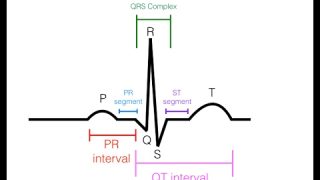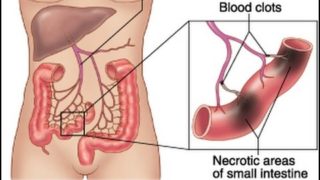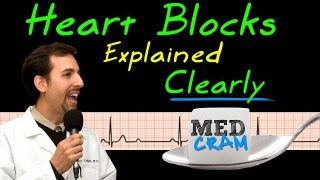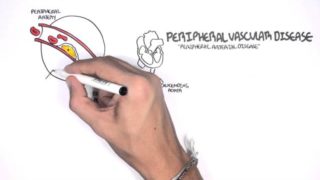Congestive Heart Failure (CHF) Signs and Symptoms, Diagnosis and Treatment
Congestive Heart Failure (CHF) - Everything you need to know.
This video tutorial is brought to you by: Ali Feili, M.B.A., M.D.
More info on Congestive Heart Failure: https://goo.gl/MEZRWN
✔ FREE Medical Videos: https://freemedicalvideos.com/
✔ Website: http://www.medical-institution.com/
✔ Facebook: http://www.facebook.com/Medicalinstitution
✔ Twitter: https://twitter.com/USMLE_HighYield
✔ Google Plus: https://plus.google.com/u/0/+Medicalinstitution
✔ Patron: https://www.patreon.com/medicalinstitution
✔ Pinterest: https://www.pinterest.com/medicalinstitut/
✔ Instagram: https://goo.gl/vSjlzG
This information is intended for educational purposes only, and should not be interpreted as medical advice. Please consult your physician for advice about changes that may affect your health.
What is Congestive Heart Failure?
What is CHF?
What is Heart Failure?
Congestive Heart Failure Animation.
Congestive Heart Failure Tutorial.
Congestive Heart Failure Video.
Congestive Heart Failure Treatment.
Congestive Heart Failure Management.
Congestive Heart Failure USMLE Step 1.
Congestive Heart Failure USMLE Step 2 CK.
CHF tutorial.
CHF Video.
CHF animation.
Congestive Heart Failure diagnosis.
Do I have Congestive Heart Failure?
What causes Congestive Heart Failure?
Congestive Heart Failure Signs and Symptoms.
Congestive Heart Failure Treatment.
Congestive Heart Failure (CHF) Signs and Symptoms, Diagnosis and Treatment
Other Videos You Might Like:
Subscribe
Login
0 Comments
Newest




